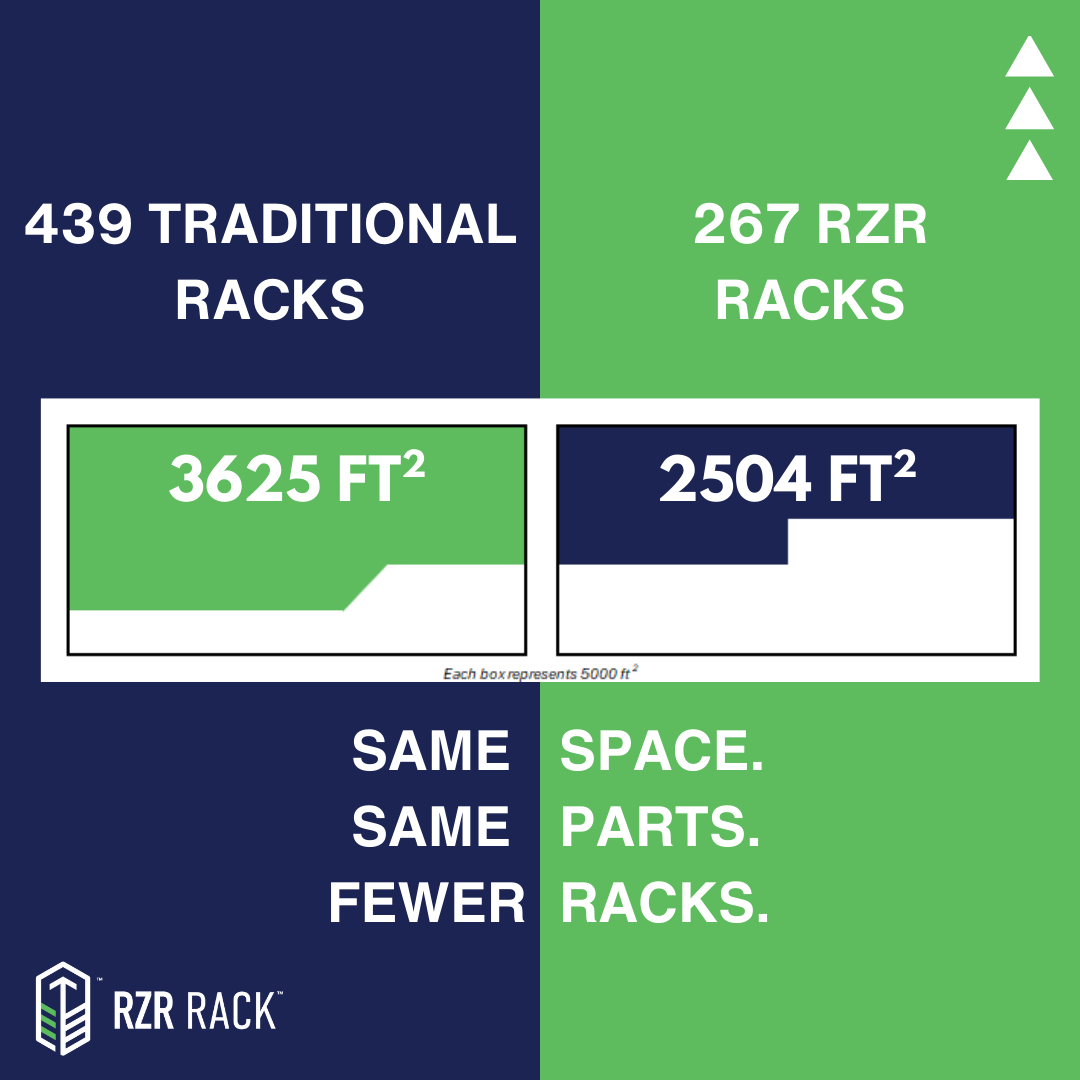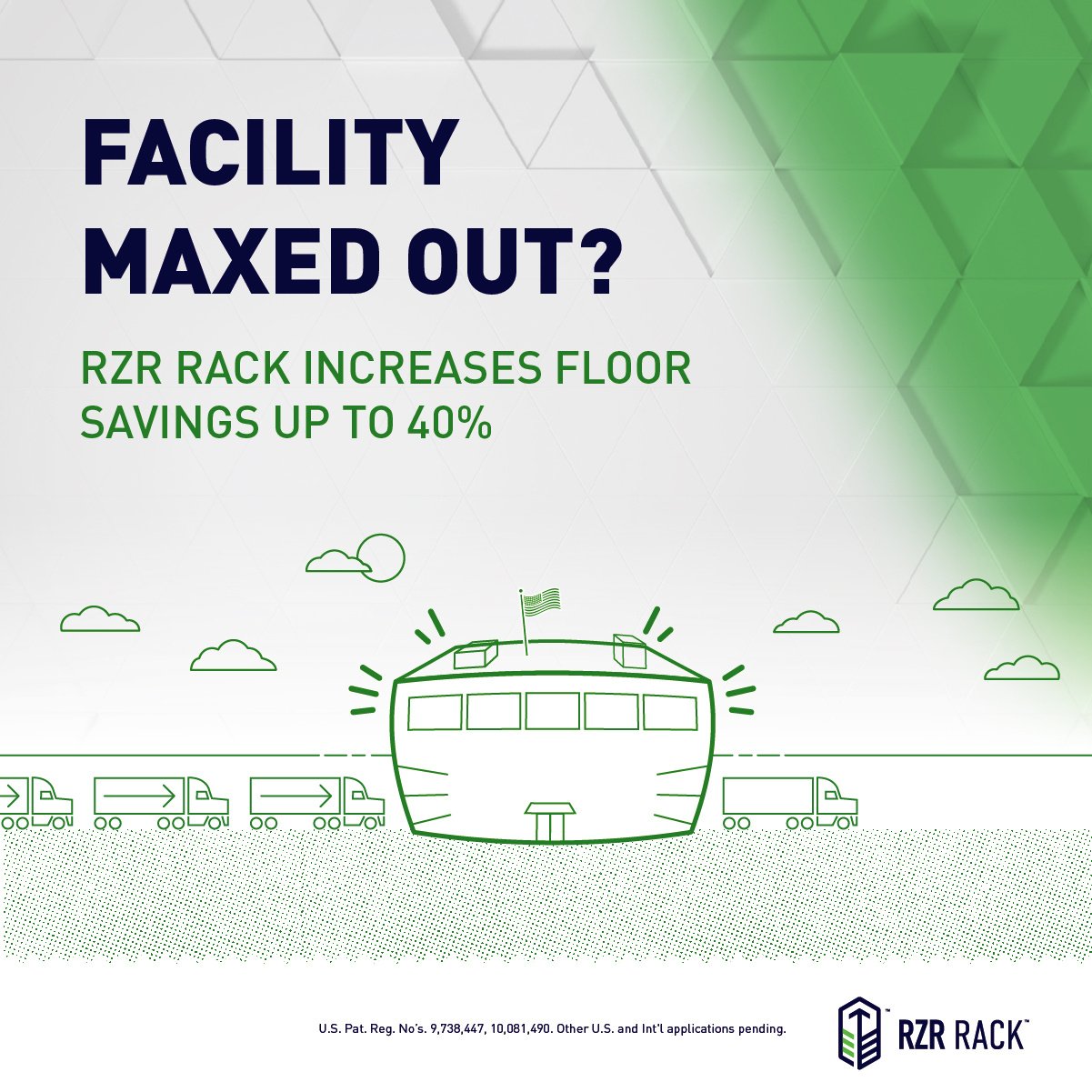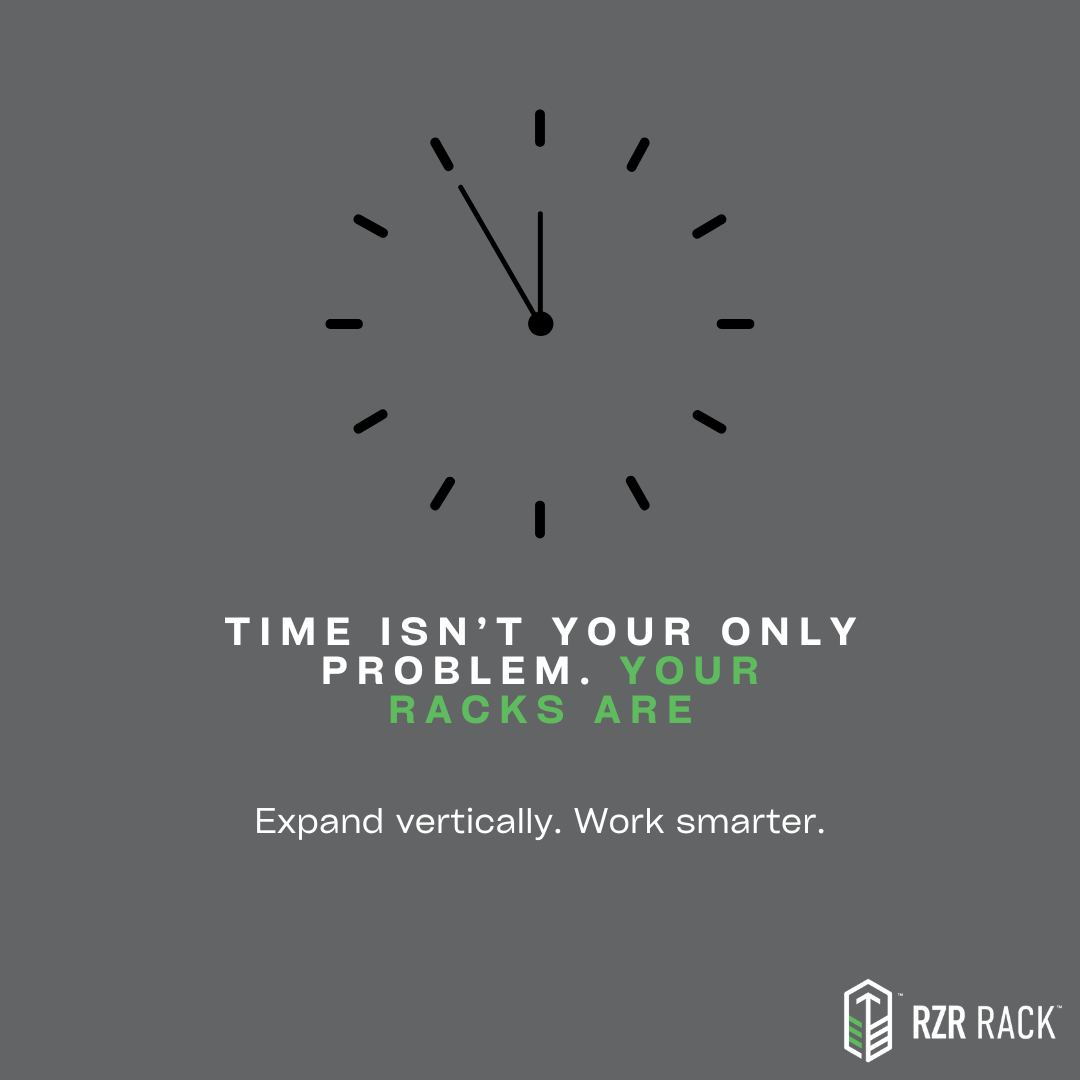
Introduction
In the dynamic landscape of modern business, supply chain risk management has become an essential focus area. Uncertainties, ranging from disruptions to quality control issues, present challenges for businesses. Enter returnable packaging—an often underestimated solution that not only optimizes logistics but significantly impacts supply chain risk management. This blog post delves into how returnable packaging plays a critical role in mitigating risks and fostering resilience in supply chain operations.
Resilience Through Durability:
Returnable packaging, built for durability and reusability, offers a robust solution to reduce supply chain vulnerabilities. Its sturdy design ensures that goods are transported safely, minimizing the risk of damage and associated losses during transit.
Risk Reduction in Handling and Transport:
The standardized design of returnable containers streamlines handling and transport processes. By optimizing the space and ensuring secure stacking, the risk of accidents or damage during loading and unloading is significantly reduced, mitigating potential disruptions.
Quality Assurance and Traceability:
Returnable packaging offers a clear advantage in quality assurance and traceability. With standardized containers, businesses can maintain better control over the condition of products and trace their movement in the supply chain. This ability aids in identifying issues before they escalate into larger problems.
Operational Stability and Cost Management:
The use of returnable packaging bolsters operational stability. By minimizing the risk of disruptions, businesses can manage costs more effectively. Reduced damage and loss translate to fewer expenses and maintain a more predictable cost structure.
Collaborative Risk Management:
Returnable packaging fosters collaboration within the supply chain. Manufacturers, distributors, and retailers all partake in the return and reuse process, collaborating to minimize risks collectively. This collaboration enhances risk management and strengthens the overall supply chain.
Conclusion:
Returnable packaging is more than just a logistical solution; it’s a pivotal asset in mitigating supply chain risks. Its durability, risk reduction in handling and transport, adaptability, quality assurance, stability, and collaborative risk management significantly contribute to the overall resilience of supply chains.
As businesses navigate uncertainties in the global marketplace, the integration of returnable packaging becomes a strategic move. It’s not only about optimizing logistics but also about fortifying the supply chain against risks, ensuring operational continuity, and fostering a more resilient and efficient business environment.


